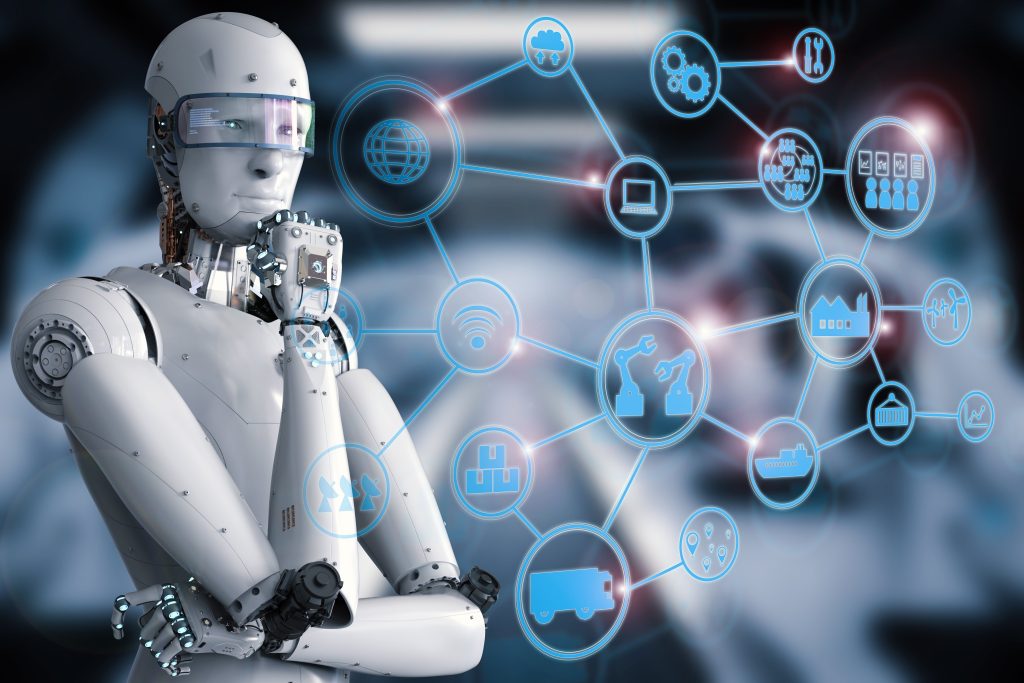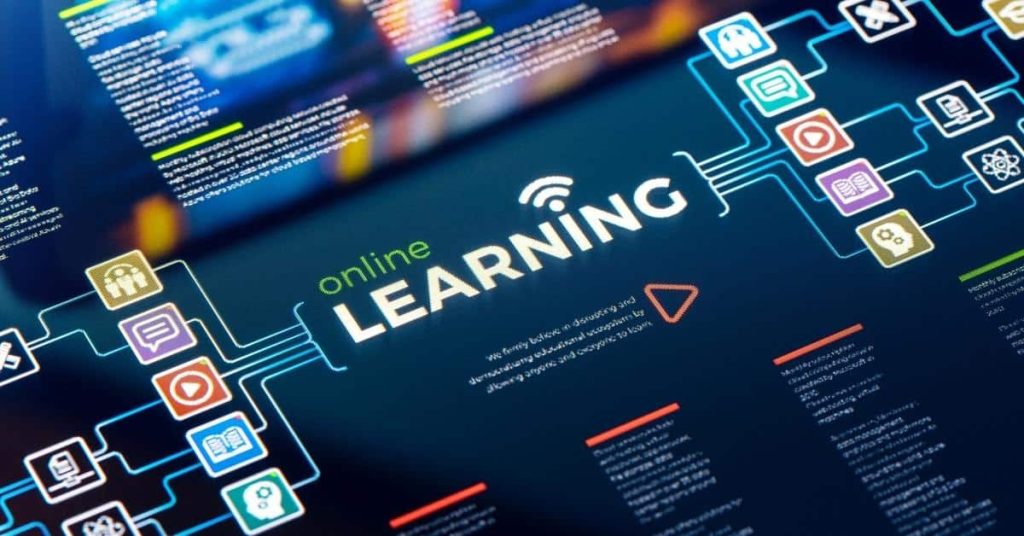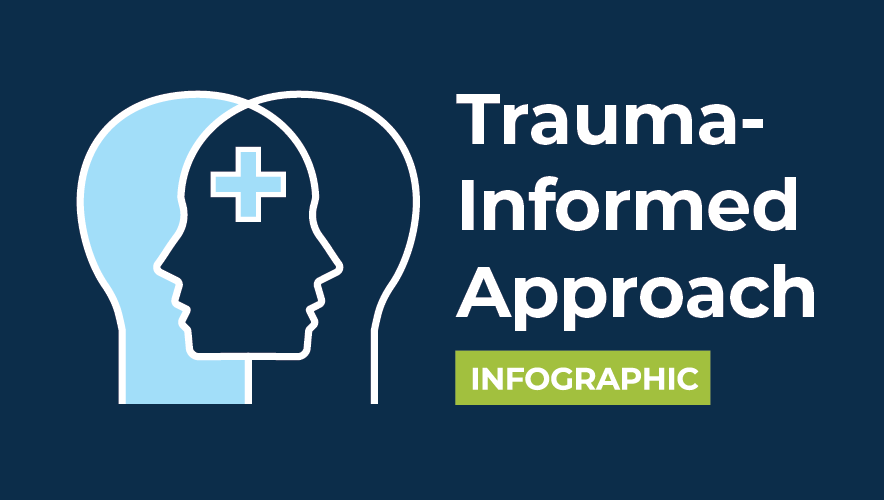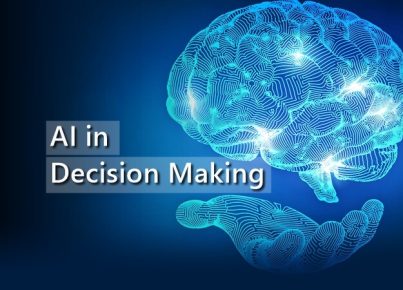Die antike griechische Religion war tief verwurzelt in Ritualen, die oft Opfergaben an die Götter beinhalteten. Diese Opfer waren mehr als nur religiöse Handlungen; sie waren zentrale Kommunikationsmittel zwischen Mensch und Gott sowie Ausdruck kultureller Werte. Heute spiegeln moderne Medien, insbesondere Videospiele, die Macht der Symbole wider, die in Jahrtausenden religiöser Praxis verwurzelt sind. In diesem Artikel werden wir die Bedeutung dieser Symbole untersuchen, ihre Entwicklung von der Antike bis zur heutigen digitalen Welt betrachten und anhand moderner Beispiele wie intro überspringen checkbox aufzeigen, wie alte Mythologie in der Popkultur weiterlebt.
1. Einleitung: Die Bedeutung von Opfern und Symbolen in der antiken griechischen Religion
In der antiken griechischen Welt spielten Götter eine zentrale Rolle im Alltag der Menschen. Sie wurden als mächtige Wesen verehrt, die das Schicksal der Menschen beeinflussen konnten. Die Beziehung zu den Göttern wurde durch vielfältige Rituale gepflegt, wobei Opfergaben eine essenzielle Praxis darstellten. Diese Opfer dienten nicht nur der Ehrerweisung, sondern auch als Kommunikationsmittel, um die Gunst der Götter zu erlangen oder ihre Zorn zu besänftigen. Das Ziel dieses Artikels ist es, die tief verwurzelte Symbolik hinter diesen Ritualen zu beleuchten und aufzuzeigen, wie sie bis heute in moderner Popkultur und Spielen weiterlebt, was die zeitlose Kraft der Symbole verdeutlicht.
2. Die Mythologie um Zeus: Macht, Affären und Opferbereitschaft
a. Zeus als oberster Gott: Macht und Symbolik
Zeus gilt als König der Götter und Herrscher des Himmels. Er steht für Autorität, Macht und göttliche Ordnung. In der Mythologie wird seine Macht oft durch Symbole wie den Blitz oder den Adler dargestellt, welche seine Überlegenheit und göttliche Autorität unterstreichen. Diese Symbole sind tief in der Kultur verankert und spiegeln die zentrale Rolle wider, die Zeus im Pantheon spielt.
b. Die zahlreichen Affären und Nachkommen: Einfluss auf die Mythologie und Kultur
Zeus ist bekannt für seine zahlreichen Affären mit Göttinnen und Sterblichen, was zu einer Vielzahl von mythologischen Nachkommen führte. Diese Geschichten symbolisieren nicht nur die menschlichen Eigenschaften und Konflikte, sondern auch die Verbindung zwischen göttlicher Macht und irdischer Welt. Sie beeinflussten die Kultur tiefgreifend, von Kunst bis Literatur und Ritualen.
c. Warum Zeus Opfer brauchte: Symbolische Bedeutung und religiöse Praxis
Obwohl Zeus als höchster Gott keine Opfer in dem Sinne brauchte, symbolisierten die Opfergaben in seinen Tempeln die Anerkennung seiner Macht und den Wunsch nach seinem Wohlwollen. Opfer waren ein Ausdruck der Demut und des Respekts gegenüber der göttlichen Ordnung. Sie dienten auch der sozialen Kohäsion, da Gemeinschaften gemeinsam an Zeremonien teilnahmen, die ihre kulturelle Identität stärkten.
3. Die Funktion von Opfern in der griechischen Religion
a. Opfer als Kommunikationsmittel zwischen Mensch und Gott
Opfer dienten in der griechischen Religion als Mittel, um mit den Göttern zu kommunizieren. Durch die Opfergaben sollten Bitten, Danksagungen oder Bitten um Schutz übermittelt werden. Das Feuer, das Tier oder die Frucht wurden als symbolische Brücke zwischen irdischer Welt und göttlichem Reich betrachtet, wodurch eine Verbindung geschaffen wurde.
b. Symbolik hinter Tier- und Fruchtopfern
Tieropfer, wie Schafe oder Rinder, symbolisierten Reinheit und Dankbarkeit, während Fruchtopfer Fruchtbarkeit und Wohlstand repräsentierten. Beide Formen der Opfer sollten den Göttern Freude bereiten und ihre Gunst sichern. Die Wahl der Opfer war oft abhängig von der jeweiligen Zeremonie und dem jeweiligen Gott.
c. Der soziale und kulturelle Stellenwert der Opferzeremonien
Opferzeremonien waren nicht nur religiöse Pflicht, sondern auch gesellschaftliche Ereignisse, die Gemeinschaften zusammenbrachten. Sie stärkten das Gemeinschaftsgefühl und festigten die kulturelle Identität. Über die Jahrhunderte wurden diese Rituale zu festen Bestandteilen des öffentlichen Lebens und prägten die kulturelle Entwicklung maßgeblich.
4. Die Macht der Symbole in der heutigen digitalen Welt
a. Übertragung alter Symbolik in moderne Medien und Spiele
Die Symbole und Mythologien der Antike sind heute in vielfältiger Form in digitalen Medien präsent. Spiele, Filme und Kunstwerke greifen bekannte Figuren, Götter und Symbole auf, um eine tiefere emotionale Verbindung zum Publikum herzustellen. Diese Übertragung zeigt, wie zeitlos und universell die Kraft der Symbole ist.
b. Beispiel: Gates of Olympus und die Verwendung von mythologischen Symbolen
Moderne Spiele wie intro überspringen checkbox nutzen mythologische Symbole, um eine Atmosphäre von Macht und Mystik zu erzeugen. Hier finden wir Darstellungen von Zeus, Blitzen, Adlern und anderen Symbolen, die in der antiken Mythologie eine bedeutende Rolle spielten. Diese Symbole wecken Assoziationen und verbinden das Spiel mit einer kulturellen Geschichte, die tief im kollektiven Bewusstsein verankert ist.
c. Wie moderne Spiele die Macht der Symbole nutzen, um emotionale und kulturelle Verbindungen zu schaffen
Durch den Einsatz vertrauter Symbole erzeugen Spiele eine emotionale Resonanz, die über das reine Unterhaltungserlebnis hinausgeht. Sie sprechen das Bedürfnis nach Zugehörigkeit, Bewahrung kultureller Werte und das Verstehen alter Geschichten an. Diese Symbolik trägt dazu bei, die kulturelle Kontinuität zu bewahren und dem modernen Publikum die Tiefe der Mythologie nahezubringen.
5. Vergleich: Antike Opfer und moderne Symbolik in Spielen wie Gates of Olympus
a. Gemeinsamkeiten in der Bedeutung von Symbolen
Sowohl in der Antike als auch in modernen Spielen dienen Symbole dazu, Bedeutung zu vermitteln und eine Verbindung zwischen den Menschen und den höheren Mächten herzustellen. Sie sind Träger kultureller Werte und helfen, komplexe Geschichten auf einfache und verständliche Weise zu kommunizieren.
b. Unterschiede in der Ausgestaltung und Funktion der Symbole
Während antike Opfer konkret, rituell und oft öffentlich durchgeführt wurden, sind moderne Symbole eher visuelle Darstellungen oder in Symbolik eingebettete Elemente in Spielen. Sie dienen vor allem der Atmosphäre, dem Storytelling und der emotionalen Bindung, ohne die physischen Zeremonien der Vergangenheit.
c. Die Rolle der Glücksspiele bei der Bewahrung und Weiterentwicklung kultureller Symbole
Glücksspiele, die mythologische Themen aufgreifen, tragen dazu bei, die Symbolik lebendig zu halten. Sie verbinden Unterhaltung mit kulturellem Erbe und ermöglichen es einer neuen Generation, sich mit alten Geschichten auseinanderzusetzen – allerdings in einer neuen, digitalen Form.
6. Die Bedeutung von Symbolen für die Gesellschaft: Von Antike bis heute
a. Symbole als kulturelle Identitätsstifter
Symbole schaffen ein gemeinsames Verständnis und stärken die kulturelle Identität. In der Antike waren Götter und Rituale Ausdruck gemeinsamer Werte. Heute prägen Logos, nationale Symbole und kulturelle Referenzen unser Selbstverständnis und Zusammenleben.
b. Die Weiterentwicklung von Ritualen und Symbolen im digitalen Zeitalter
Im digitalen Zeitalter wandeln sich Rituale und Symbole. Virtuelle Zeremonien, Emojis und Avatare sind moderne Ausdrucksformen, die die ursprüngliche Funktion der Symbole weiterführen, jedoch in einem neuen Kontext. Sie erleichtern Gemeinschaft, Identifikation und kulturelle Weitergabe.
c. Chancen und Risiken der modernen Symbolik in Unterhaltungsmedien
Moderne Symbole können kulturelle Werte bewahren, aber auch vereinfacht oder missverständlich dargestellt werden. Es besteht die Gefahr, dass kulturelle Komplexität verloren geht oder Stereotypen entstehen. Dennoch bieten sie eine wertvolle Möglichkeit, Geschichte und Mythologie einem breiten Publikum zugänglich zu machen.
7. Tiefere Betrachtung: Warum Menschen an die Macht der Symbole glauben
a. Psychologische Grundlagen: Symbolik als Bedürfnis nach Orientierung und Bedeutung
Menschen suchen nach Orientierung und Sinn in ihrer Umwelt. Symbole bieten einfache, universelle Botschaften, die komplexe Ideen auf den Punkt bringen. Sie helfen, Unsicherheit zu reduzieren und das Zugehörigkeitsgefühl zu stärken.
b. Der Einfluss kultureller Erzählungen auf die Wahrnehmung von Symbolen
Kulturelle Narrative formen die Bedeutung von Symbolen. Geschichten über Götter, Helden oder historische Ereignisse verleihen ihnen Tiefe und emotionalen Wert. Moderne Medien greifen diese Erzählungen auf, um eine tiefere Verbindung zu schaffen.













